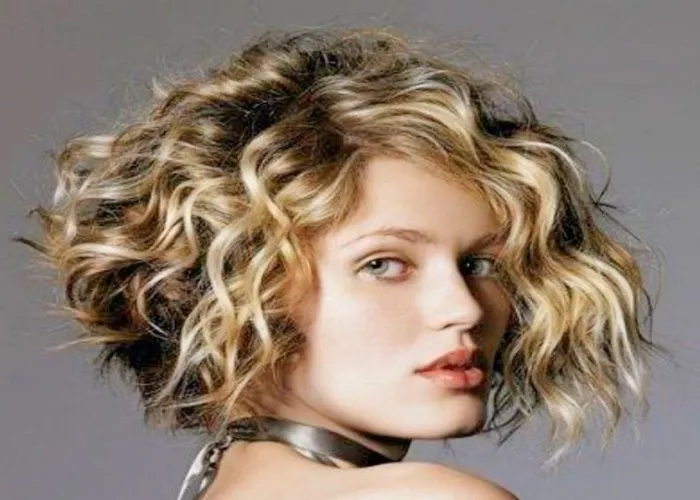While genetics determine your natural hair texture, biology allows for temporary changes through careful manipulation. Straight hair contains the same keratin proteins as curly hair—the difference lies in how these proteins bond. Disulfide bonds create permanent structure, but hydrogen bonds (weaker links influenced by moisture) let you reshape hair without damage. By working with these bonds and your hair’s natural growth cycle, you can encourage waves or curls that last weeks. This process requires patience—typically 6–10 weeks—but protects hair health better than heat or chemical methods.
The Overnight Braiding Method
One of the simplest natural techniques uses braids to train hair. Start with damp, clean hair coated in a mix of aloe vera gel and coconut milk. Divide into 6–8 sections, creating tight three-strand braids from roots to ends. Secure with silk scrunchies to prevent creases. Sleep on a satin pillowcase, allowing hair to dry completely in this curved position. Over weeks, the repeated pressure teaches hair to hold waves. For better results, alternate between French braids and rope twists each night. The gradual tension adjustment helps create varied curl patterns that look more natural.
Kitchen Ingredients for Instant Waves
Common household items activate hidden texture:
Sea salt spray: Mix 1 tsp sea salt into 1 cup chamomile tea. Spray on damp hair and scrunch. Salt roughs up the cuticle slightly, helping strands clump into waves.
Apple cider rinse: Dilute 2 tbsp in 1 cup water for a final rinse. The acidity smooths cuticles, enhancing shine and hold.
Honey mask: Combine 3 tbsp raw honey with 1 mashed banana. Apply for 30 minutes before washing. Enzymes soften hair, making it more responsive to styling.
These solutions work best when paired with “plopping”—wrapping damp hair in a cotton T-shirt to dry. The fabric’s texture encourages natural bends without frizz.
Temperature Tricks for Curl Retention
Cold water is curl’s best friend. After conditioning, rinse with ice-cold water to flatten cuticles and lock in moisture. For advanced training, try the “freeze method”: braid damp hair, then sit outside in cold weather (or near an AC vent) until hair freezes. The expansion-contraction cycle helps set waves. In warmer climates, wrap ice packs in towels and press against braided sections for 10 minutes. This thermal shock temporarily alters hydrogen bonds, extending curl lifespan.
Nutrition That Boosts Curl Potential
What you eat directly affects hair’s ability to hold shape:
- Omega-3s (walnuts, salmon) improve keratin elasticity
- Zinc (pumpkin seeds) strengthens hair’s protein structure
- Vitamin C (citrus fruits) aids collagen production around follicles
Try a daily smoothie with spinach, Greek yogurt, and flaxseeds. Over 8 weeks, this provides nutrients that make hair more responsive to natural styling methods. Avoid excessive alcohol and sugar—they dehydrate strands, leading to frizz.
Low-Effort Maintenance for Lasting Results
Consistency matters more than complexity:
- Wash only 2–3 times weekly with sulfate-free shampoo
- Sleep with hair in a loose pineapple ponytail (high bun) using silk scrunchies
- Refresh curls mornings with a water-and-argan-oil spray
- Trim ends every 10 weeks to prevent splits from unraveling curls
Track progress through monthly photos. Initial waves may seem loose, but around week 6, most notice tighter spirals forming—especially at the nape and temples where hair is most responsive.
Conclusion
Natural curl transformation isn’t about forcing hair into unnatural shapes but revealing its hidden versatility. Some develop soft beach waves; others get defined ringlets. Success lies in healthier hair that air-dries with texture rather than remaining stick-straight. With time, these methods can lead to semi-permanent changes as hair adapts. Remember—true beauty comes from working with your biology, not against it. Be patient, stay consistent, and let your hair’s unique story unfold.
Related topics:
How to Revive & Hydrate Curly Hair Every Morning?


